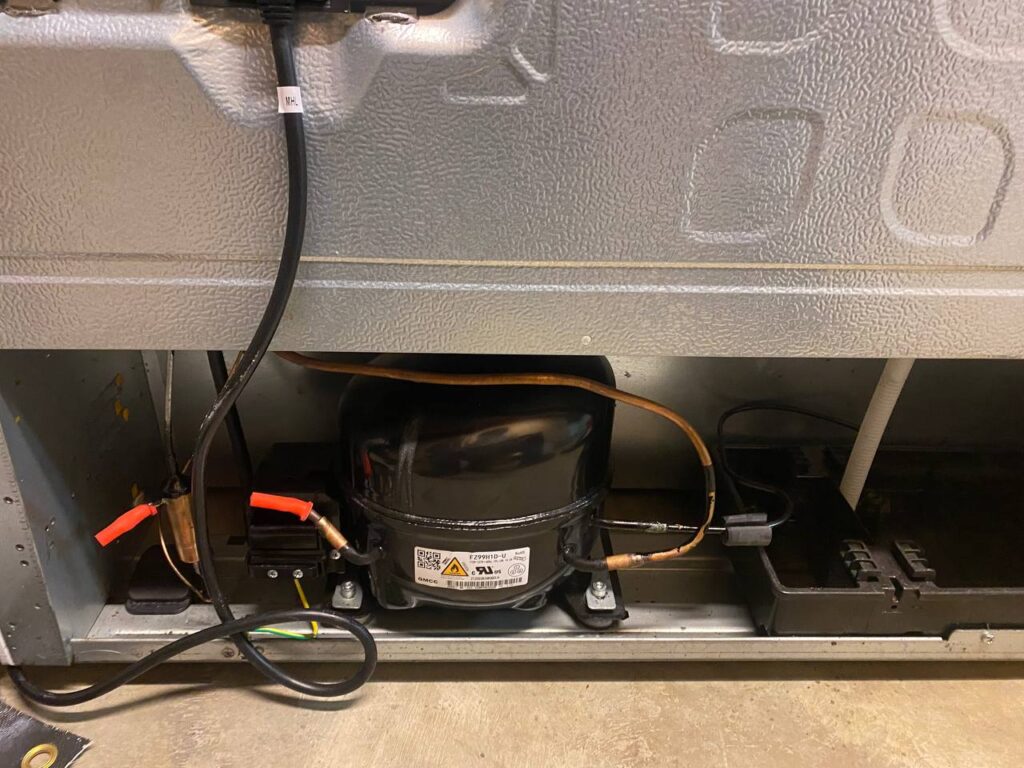A microwave is a convenient appliance that allows for quick and efficient heating of food. However, encountering a situation where your microwave runs but fails to heat your food can be frustrating. Don’t worry, though—this issue is often fixable without the need for costly repairs or replacements. In this comprehensive guide, we will walk you through a step-by-step troubleshooting process to identify and resolve the problem, so you can enjoy perfectly heated meals once again.
- Check the Power Source and Settings:
Start with the basics to rule out any minor issues:
a. Power Source: Ensure that the microwave is properly plugged into a functioning power outlet. Check the circuit breaker or fuse box to ensure that power is reaching the microwave.
b. Settings: Verify that the microwave is set to the desired power level and cooking time. Incorrect settings may prevent the microwave from heating food properly.
2. Examine the Door and Door Switches:
A faulty door or malfunctioning door switches can disrupt the microwave’s heating functionality. Follow these steps:
a. Door Alignment: Check if the microwave door is closing properly and aligning correctly. Any gaps or misalignment can prevent the microwave from heating.
b. Door Switches: The door switches, located inside the microwave’s door latch mechanism, ensure that the microwave stops heating when the door is opened. Inspect the switches for any signs of damage or misalignment. If found faulty, they may need to be replaced.
3. Inspect the High Voltage Diode, Capacitor, and Magnetron:
These components are crucial for generating and delivering microwave heat. Follow these safety precautions before proceeding:
a. Unplug the Microwave: Ensure the microwave is disconnected from the power source before handling any internal components.
b. Access the Components: Consult the microwave’s user manual or online resources to locate the high voltage diode, capacitor, and magnetron. They are typically found behind the control panel.
c. Visual Inspection: Carefully inspect these components for any visible signs of damage, such as burnt marks or swelling. If any issues are detected, consider replacing the faulty component(s).
4. Reset the Thermal Fuse:
The thermal fuse is a safety feature that protects the microwave from overheating. If it is tripped, the microwave will not heat. Here’s how to reset it:
a. Locate the Fuse: Consult the user manual or online resources to find the location of the thermal fuse. It is typically located behind the control panel or on the top or side of the microwave’s cavity.
b. Reset the Fuse: Follow the manufacturer’s instructions to reset the thermal fuse. This usually involves removing and reinserting the fuse or pressing a reset button.
5. Seek Professional Assistance:
If none of the above steps resolve the issue or if you’re uncomfortable handling internal components, it’s advisable to contact a professional technician or the microwave’s manufacturer for further assistance. They have the expertise and specialized tools to diagnose and repair complex microwave problems.
Conclusion:
Dealing with a microwave that runs but doesn’t heat food can be frustrating, but don’t let it dampen your culinary experience. By following the step-by-step troubleshooting process outlined above, including checking the power source and settings, examining the door and door switches, inspecting the high voltage diode, capacitor, and magnetron, and resetting the thermal fuse, you can often resolve the issue and restore your microwave’s heating functionality. Remember to prioritize safety, and if you encounter any challenges or concerns during the troubleshooting process, it’s best to seek professional assistance. With a little troubleshooting and possibly minor repairs, you’ll soon be back to enjoying perfectly heated meals from your microwave.


